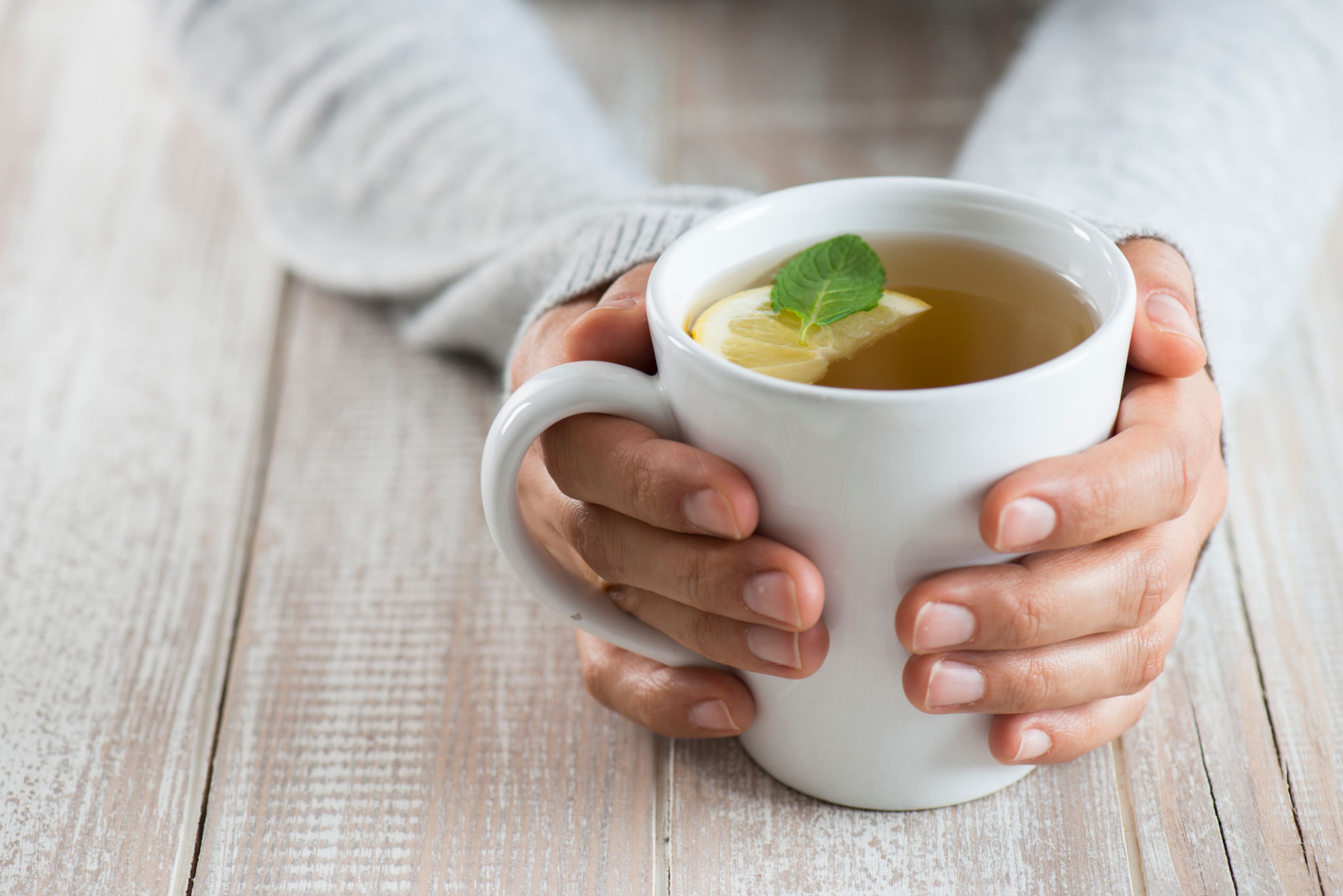DIY Tips for Natural Pain Relief at Home
Understanding Natural Pain Relief
In today's fast-paced world, many people are seeking natural alternatives to manage pain. Whether it's due to the side effects of medications or personal preference, DIY pain relief techniques are gaining popularity. These methods can be effective and are generally safe when used correctly.
It's important to note that while natural remedies can offer relief, they may not replace professional medical advice. Always consult with a healthcare provider if pain persists or worsens.

Herbal Remedies for Pain
Turmeric
Turmeric is renowned for its anti-inflammatory properties. It contains curcumin, which can help reduce inflammation and alleviate pain. Incorporating turmeric into your diet, either as a spice or in supplement form, can be beneficial.
Ginger
Ginger is another powerful anti-inflammatory agent. A simple ginger tea made by boiling fresh ginger slices in water can provide relief from various types of pain, including headaches and muscle soreness.

Essential Oils and Aromatherapy
Lavender Oil
Lavender oil is widely used for its calming effects and pain relief properties. Applying diluted lavender oil to the temples or wrists can help ease tension headaches and promote relaxation.
Peppermint Oil
Peppermint oil has a cooling effect that can soothe sore muscles and joints. Mixing a few drops with a carrier oil and massaging onto the affected area can offer quick relief.

Lifestyle Changes for Pain Management
Regular Exercise
Engaging in regular physical activity can help reduce chronic pain by strengthening muscles, improving flexibility, and releasing endorphins, which are natural painkillers produced by the body.
Mindfulness and Meditation
Practicing mindfulness and meditation can help manage pain by reducing stress and improving focus on the present moment. These techniques can help alter the perception of pain, making it more manageable.

Heat and Cold Therapy
Alternating between heat and cold packs can be an effective way to manage pain. Heat therapy promotes blood flow and relaxation of muscles, while cold therapy helps reduce inflammation and numb sharp pain.
To use this method, apply a warm compress to the painful area for 15-20 minutes, followed by a cold compress for another 15-20 minutes. This can be repeated as needed throughout the day.
Conclusion: A Holistic Approach
Natural pain relief methods offer a holistic approach to managing discomfort at home. By combining herbal remedies, essential oils, lifestyle changes, and thermal therapies, individuals can find effective ways to alleviate pain naturally.
Remember to listen to your body and seek professional guidance when necessary. Embracing these DIY tips can lead to a healthier, more balanced lifestyle.